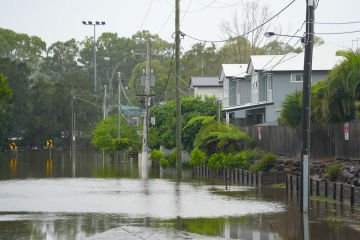Bushfire resilience rating app integrates with new cost-saving initiative from major insurers
Suncorp Group supports the world-first Bushfire Resilience Rating app with a new initiative announced today to incorporate premium reductions for customers.
Share
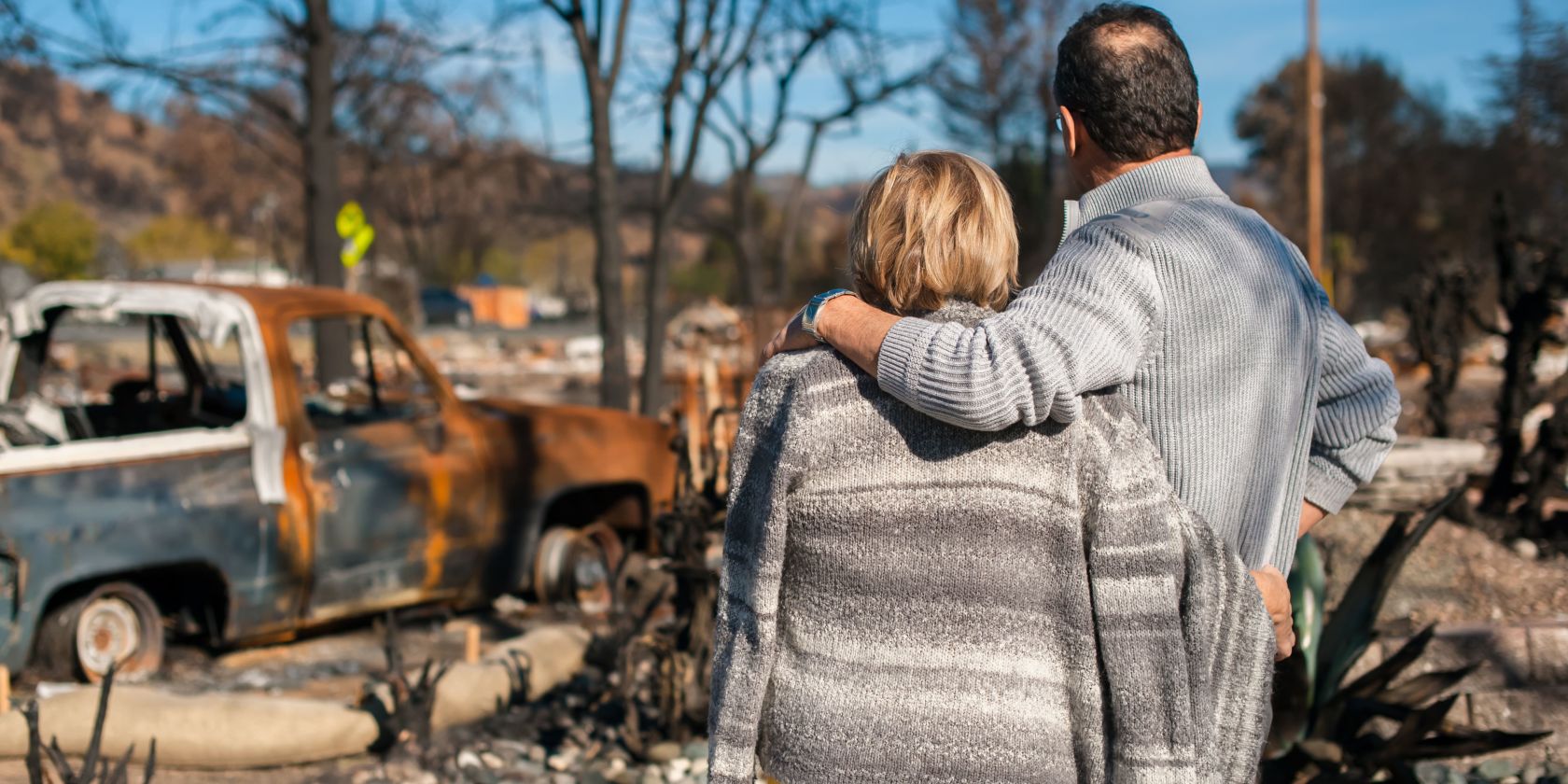
#Australia bears the unfortunate title of the most fire-prone continent on the planet
While broad mitigation strategies like prescribed burning and weather forecast innovations are underway, there are also actions Australians can take now to strengthen their home’s bushfire resilience, and potentially reduce their insurance premiums, too.
Suncorp Group announced it will offer premium reductions to *eligible customers who complete their 'Bushfire Resilience Rating' assessment and receive a certified rating of 3 stars and above. This announcement was made in collaboration with the Minister for Emergency Management, Senator the Hon Murray Watt, Assistant Treasurer and Minster for Financial Services the Hon Stephen Jones and the Resilient Building Council (RBC).
NRMA Insurance has also joined Suncorp in this initiative, with other insurers and banks indicating they will follow suit.
Suncorp Group CEO of Consumer Insurance Lisa Harrison was in Canberra for the joint announcement on Thursday and said the Group was committed to helping Australians identify and mitigate risk.
Suncorp Group CEO of Consumer Insurance - Lisa Harrison
Insurers play a huge role in getting homeowners and communities back on their feet after a bushfire, and we know being prepared gives the best chances of lessening the physical and emotional impacts.

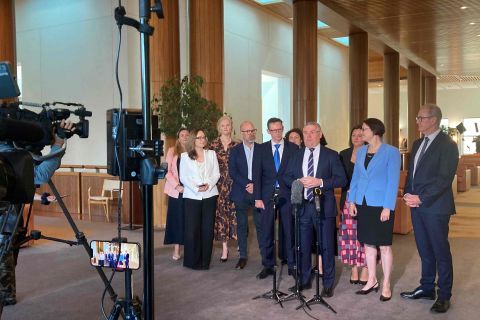
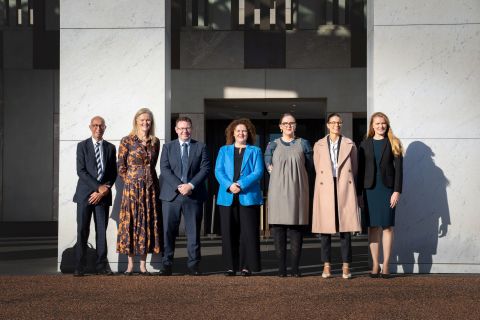
The Bushfire Resilience Rating app is a world-first innovation accessed by more than 19,000 Australian households
The Bushfire Resilience Rating app measures the resilience of an individual home to local bushfire risk and provides tailored, actionable recommendations that will effectively reduce the likelihood of the home igniting in a bushfire.
The rating system and self-assessment app were both developed by the Resilient Building Council (RBC) and funded by the Commonwealth government disaster risk reduction funding.
Since its launch in October 2023, the app has seen a significant uptake in Australian households with more than 6,600 people having completed an assessment and taken at least four actions - improving their resilience rating by two stars.
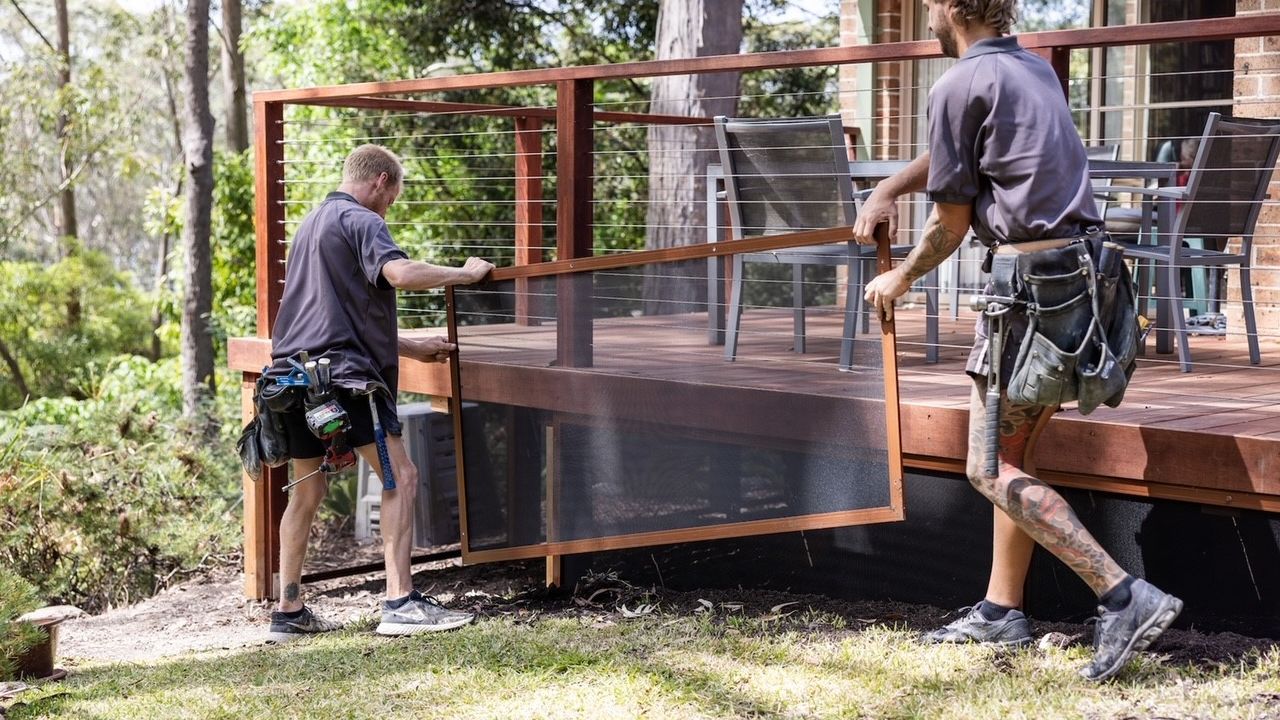
#According to RBC data, to date
• More than 19,000 households have accessed the app from 274 Local Government Areas,
• 6,600 households have taken at least 4 actions recommended by the app, and
• have invested an estimated $44 million in resilient home improvements.
The rating app provides an opportunity for insurers to integrate household-specific risk reduction actions into their premiums
"We welcome the opportunity to support this initiative to arm homeowners with information to help build their bushfire resilience," Ms Harrison said.
"Importantly, we will support our customers who have gained a certified Bushfire Resilience Rating of 3 and above, by reflecting this in their insurance premium.”
There are plans to evolve the app to support risk mitigation of other natural perils, too
The RBC plans to extend the free self-assessment app to other natural perils to help more Australians improve the resilience of homes to bushfire, flood, storm, cyclone, and heatwave, and reduce their insurance and finance costs, wherever they live.
Resilient Building Council (RBC) Founder and CEO Kate Cotter said helping people take action and reduce their insurance premiums through the free app was a game-changer for the 1 million households living in bushfire risk areas across Australia.
“The Resilience Ratings can help transform Australia’s risk into resilience, rapidly,” Ms Cotter said.
Resilient Building Council (RBC) Founder and CEO - Kate Cotter
Every action a household takes, big or small, helps make our communities stronger, safer and insurable.
Bushfire Resilience Rating app trial participant, Val Gomez welcomes the financial benefits of completing the rating and acting on recommendations
“We had bushfires hit our property in 2010 and 2019, and since then we’ve done a lot of work to address every little detail and be as bushfire resilient as we possibly can. We got a good Resilience Rating, so now we can get cheaper insurance and interest rates,” Mr Gomez said.
“It feels like real change is happening in our community now, we’re definitely better prepared.”
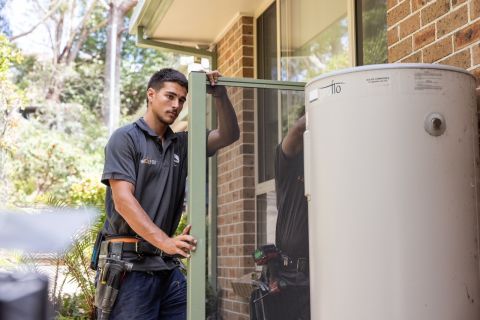
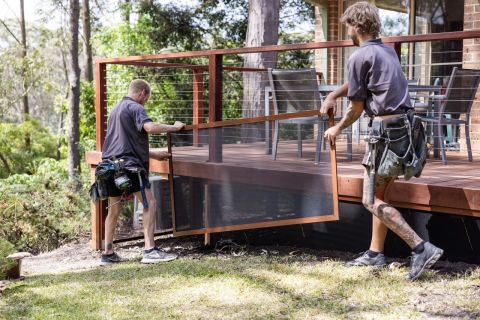
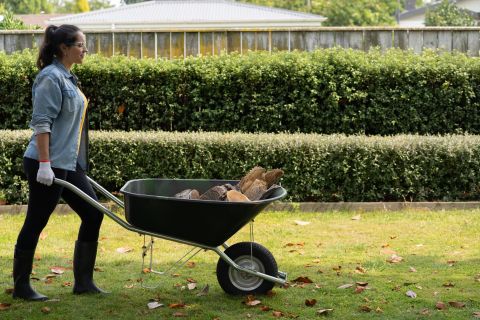
As we witness historical climate changes and look to the future, Australian households can lead the way globally in bushfire preparedness
In recent years, Southeast Australia experienced some of the most catastrophic bushfires in history, including the 2019-20 Black Summer bushfires that burned more than 17 million hectares and devastated communities.
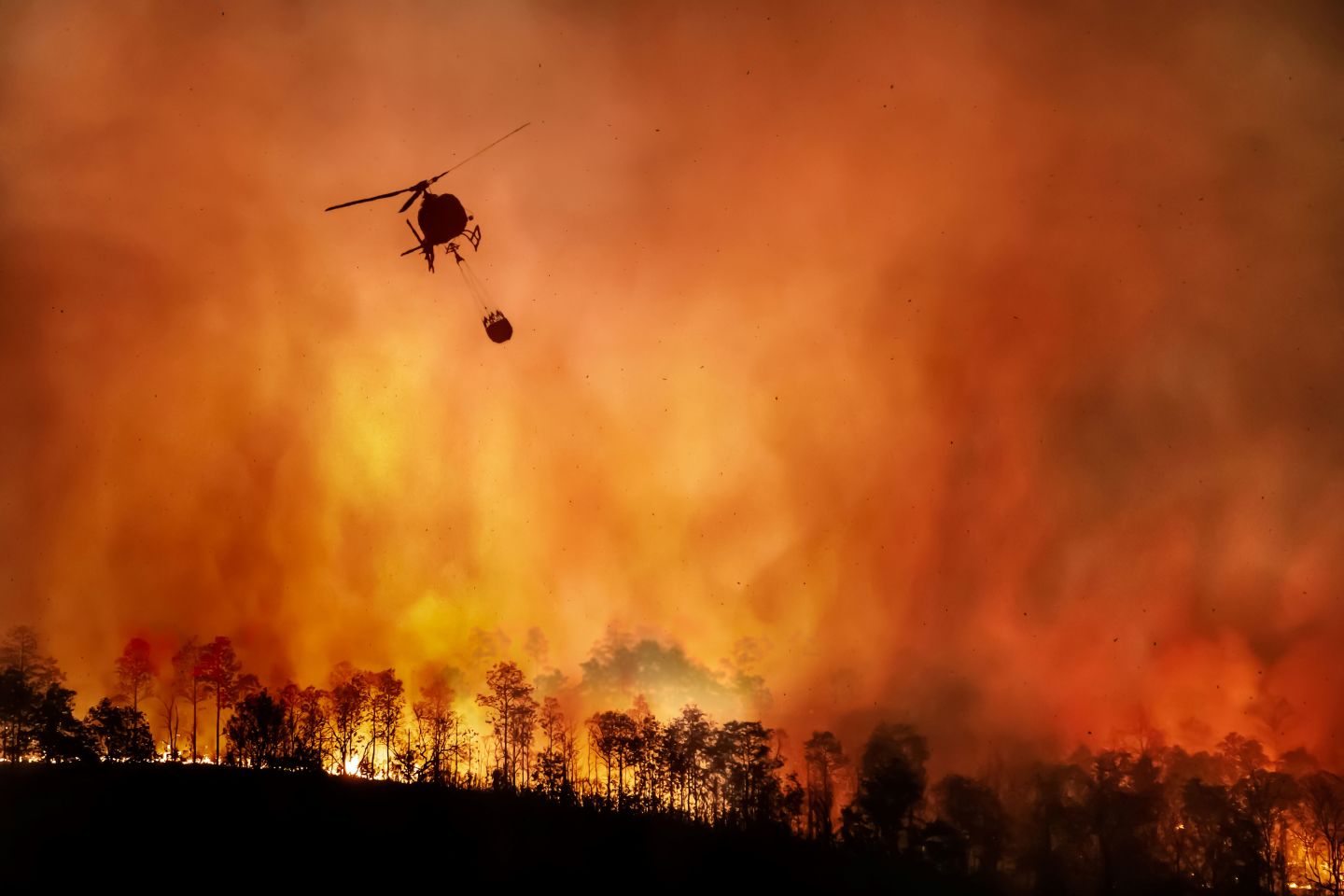
According to Suncorp Group Scientific Specialist Dr Rhys Whitley, as Australia’s surface temperature rises with the continual emission of greenhouse gases, more hazardous fire regimes should be expected.
“For Southeast Australia, where we have experienced some of the most destructive forest fires in recent history, evidence shows that dangerous fire weather conditions have become increasingly more likely over the last 60 years,” Dr Whitley said.
#Extreme fire danger days from 1960 to present
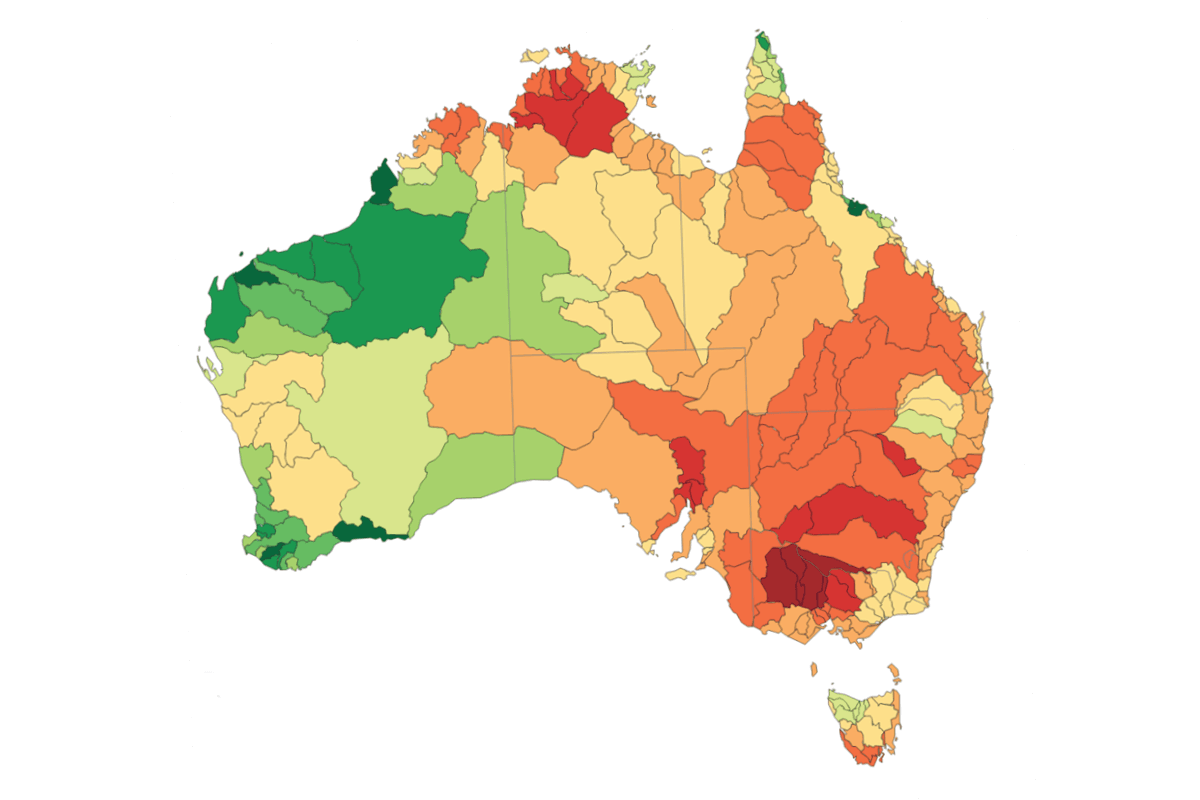
The figure above shows the trend in the number of extreme fire danger days from 1960 to present. The dark red shading shows an increase in the number of extreme days, the dark green shading shows a decrease, and yellow shading signifies very little change. Fire danger here is measured using the Forest Fire Danger Index (FFDI) and the threshold for 'extreme' is defined as exceeding the 95% percentile of FFDI during the period 1985 to 2004. The FFDI has been derived from data that is sourced from the Bureau of Meteorology and European Centre for Medium-range Weather Forecasting (ECMWF).
“Additionally, trends in fire weather conditions are showing a lengthening of the fire season, and recent experience is showing bushfires are starting much earlier in spring. The implications of this are reduced windows for mitigation practices such as prescribed burning.”
Dr Whitley explained how this presents critical land-use planning issues for the ever-expanding urban fringes of our major cities and townships that are encroaching into bushfire prone areas.
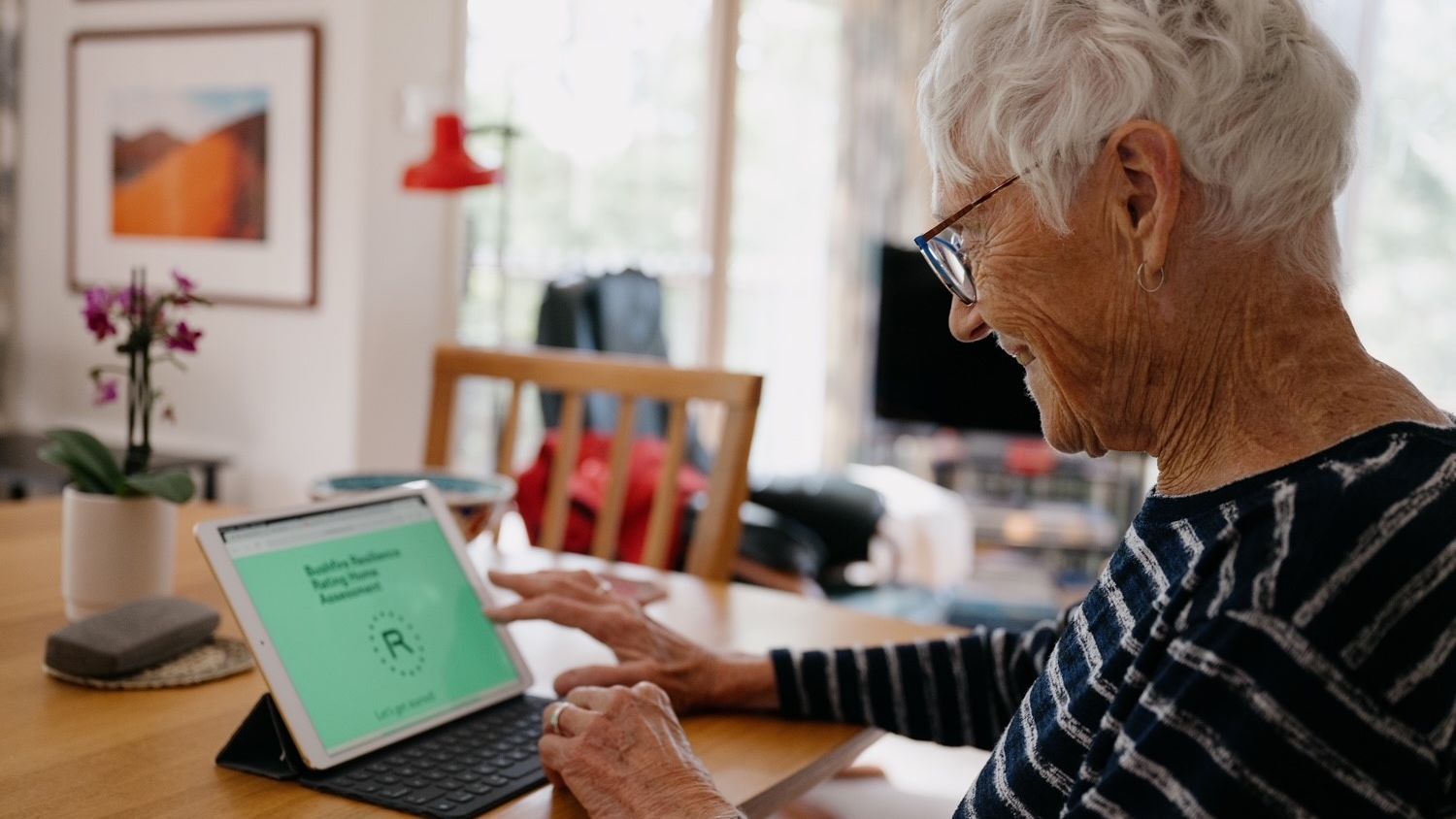
#How does the Bushfire Resilience Rating app work?
More than 1,200 households from bushfire-impacted areas helped co-design and trial the app which measures how well your home would perform in a bushfire event by calculating a combination of the local environmental risk and the bushfire resistance of your home.
The app takes the user step-by-step through an approximately 30-minute online questionnaire about core features of their property, including questions about building materials, roof design, gutters, outdoor area and water supply.
After completion of the questions, users receive an estimated rating and a full report.
The report contains:
An explanation of how your bushfire resilience rating is calculated and what it means
Tailored recommendations to measurably improve the Bushfire Resilience Rating of your home
Resources to support retrofitting.
Download the free Bushfire Resilience App
*Eligible customers are those who have a Building and/or Contents Insurance Policy with Suncorp Insurance, AAMI, GIO, Apia or Shannons. No premium reduction is available where Suncorp Group has assessed that there is no bushfire risk associated with the property.
